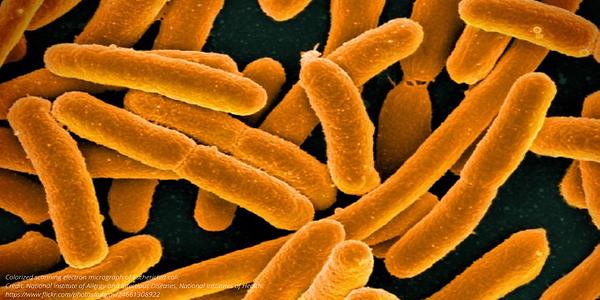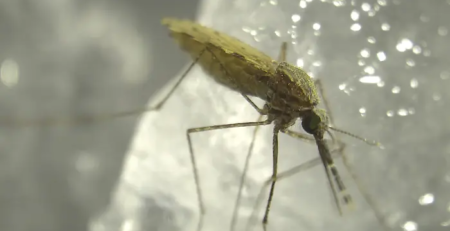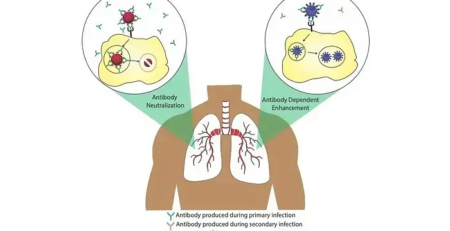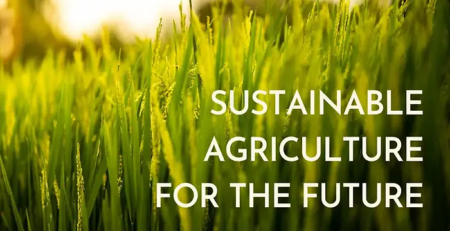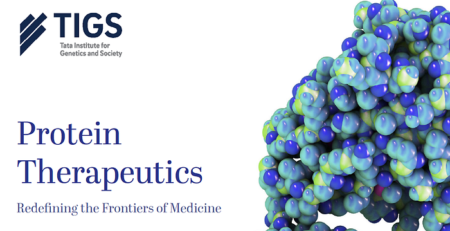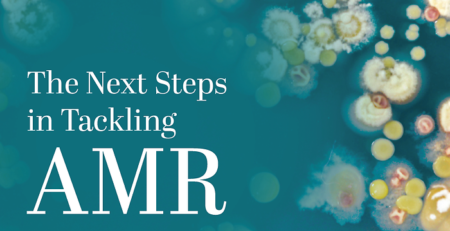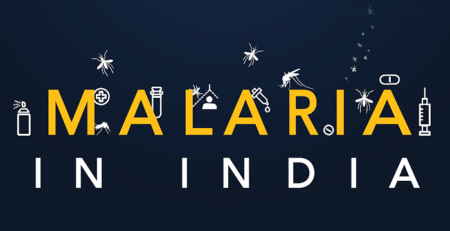By Dr. Jyoti Joshi
Head-South Asia, Center for Disease Dynamics, Economics & Policy (CDDEP)

In India today, we can find different varieties of superfoods and staples sitting on local grocery shop shelves. How safe are these foods as they pass through complex supply chains from farms in villages and towns, traversing multiple countries in their journey from the farm-to-table?
In a globalized world, food safety is critical to ensure our food remains free from adulteration, contamination, and foodborne illnesses, which kill 420,000 people globally (WHO), 30% of which are children under five years of age. Moreover, India is home to nearly 195 million undernourished people (including 47 million children) due to chronic malnutrition. Surprisingly, this malnutrition is not simply due to lack of food or poor diet, but rather because of unhygienic agricultural practices. These practices make food unsafe and cause life-threatening foodborne diseases, including untreatable infections by resistant bacteria.
Safe food that is clean, nutritious, and free from chemical residues or disease-causing bacteria is a critical determinant of the health, well-being, prosperity and productivity of people and societies. Unfortunately, the growth promoter effects of low dose antibiotics were observed in animals fed with dried feed containing chlortetracycline residues in the 1940s. Since then, the animal food industry has been using antibiotics as growth promoters (non-therapeutic) in animal feed to increase farm productivity. Antimicrobials (including antibiotics) influence the intestinal bacteria population in the animal gut, leading to increased weight gain and profits. Since 1951 when the US FDA and many other European countries approved antibiotic use in animal feed, it has been used in poultry, swine, cattle farms, and aquaculture.
However, the use of antimicrobials as feed additives to enhance profits comes at a substantial hidden cost- the development of antimicrobial resistance (AMR). AMR results when microorganisms, including bacteria, viruses, fungi, and parasites, evolve and stop responding to medicines, making even minor infections tough to treat, spread rapidly in the body, severe illness, and death. Every year 700,000 people die because of antimicrobial-resistant bacterial infections, which will cause a loss of 3.4 trillion USD to the world’s annual gross domestic product (GDP) in ten years. While there are many determinants of AMR in India, inappropriate antibiotic use in agriculture, including animal farms (poultry, cattle, fish, shrimp, to name a few ), is a key contributor. In the mid-1990s, Sweden, Denmark and a few other European countries banned several antibiotics in animal feed due to the risk of transfer of antibiotic resistance from animals to human disease-causing pathogens. In the early 1990s, the World Health Organization (1997) concluded that the use of antimicrobials in food animals is a public health concern, and in 2006, the European Commission phased out, and ultimately banned, the marketing and use of antibiotics as growth promoters in animal feed. Since the EU ban, Indian exports raced to comply, but in the domestic market, food safety seems a low priority as antibiotic use for growth promotion continues unabated.
India today is the fifth largest consumer of antibiotics in food animals (poultry, pigs, and cattle). Economic progress, changing lifestyles and diets are predicted to increase the demand for animal protein, especially for poultry. Antibiotic use is projected to grow by 312%, making India the fourth-largest consumer of antibiotics in food animals by 2030. The WHO has categorically recommended stopping routine antibiotic use to promote growth in healthy animals. Healthy animals should only receive antibiotics to prevent disease if they have been diagnosed in other animals in the same flock, herd, or fish population. Sick animals should be tested to determine the most effective and prudent antibiotic to treat their specific infection.
To combat AMR, India announced the National Action Plan on Antimicrobial Resistance (NAP-AMR) in 2017. Actions that followed include a ban on manufacture, sale and distribution of use of colistin (a last-resort antibiotic in critical care units) for food-producing animals, poultry, aqua farming and animal feed supplements in 2020. The food regulator FSSAI, also laid down standards for antibiotic residue in honey after residues were detected in several brands in the Indian market. However, use of most antibiotics as growth promoters in animal feed remains unregulated making the animal products unsafe food. Today, the percentage of food adulterated in the country has increased from 12.8% (2011-12) to 28% in 2018-19. Among the states, Andhra Pradesh, Kerala, Madhya Pradesh, Maharashtra and Uttar Pradesh account for 90% of the food violations with seafood, dairy products, meats being the most common. In fact, presence of antibiotic residues in animal origin food from India is a common reason for rejection of Indian food exports.
The current food industry has evolved from a stand-alone industry to an interconnected network of industries that includes agriculture, feed manufacturing, supply chain and logistics, processing, and financial services. It has to recognize the intrinsic connections between people’s health, animals, plants, the environment, and the economy. Combating AMR requires a concerted approach with farmers, farm owners, integrator companies, feed manufacturers, pharmaceutical industry, food regulator, consumers, doctors, pharmacists and health authorities working together to ensure antibiotic use only when appropriate. Alternative options such as improving farm hygiene, using vaccines, and changing animal housing and husbandry practices in farms must be explored to prevent the use of antibiotics for growth promotion.
Unless we act now, we will lose life-saving effective antibiotics, which are critical for maintaining life. The cost of inaction is the silent and brutal apocalypse of antibiotic-resistant infections leading to death. The moment of truth is upon us.

